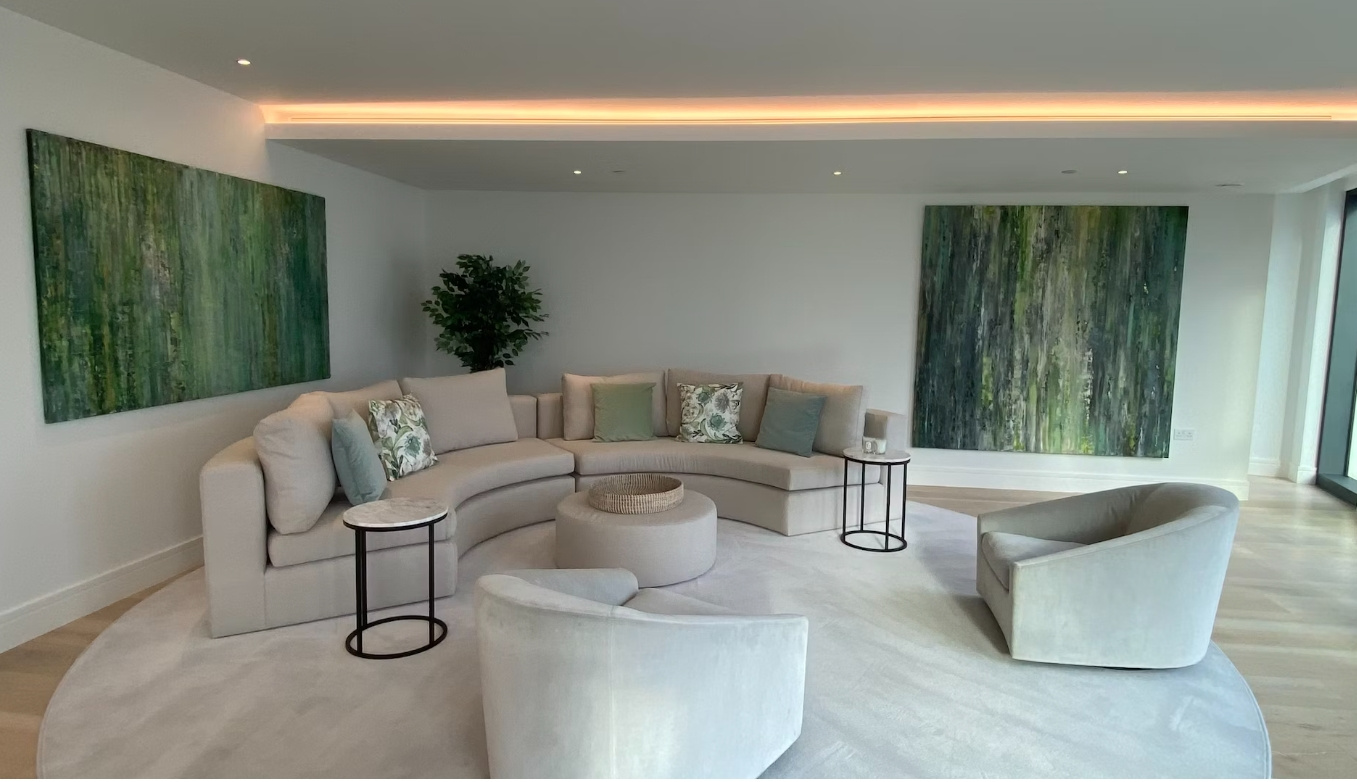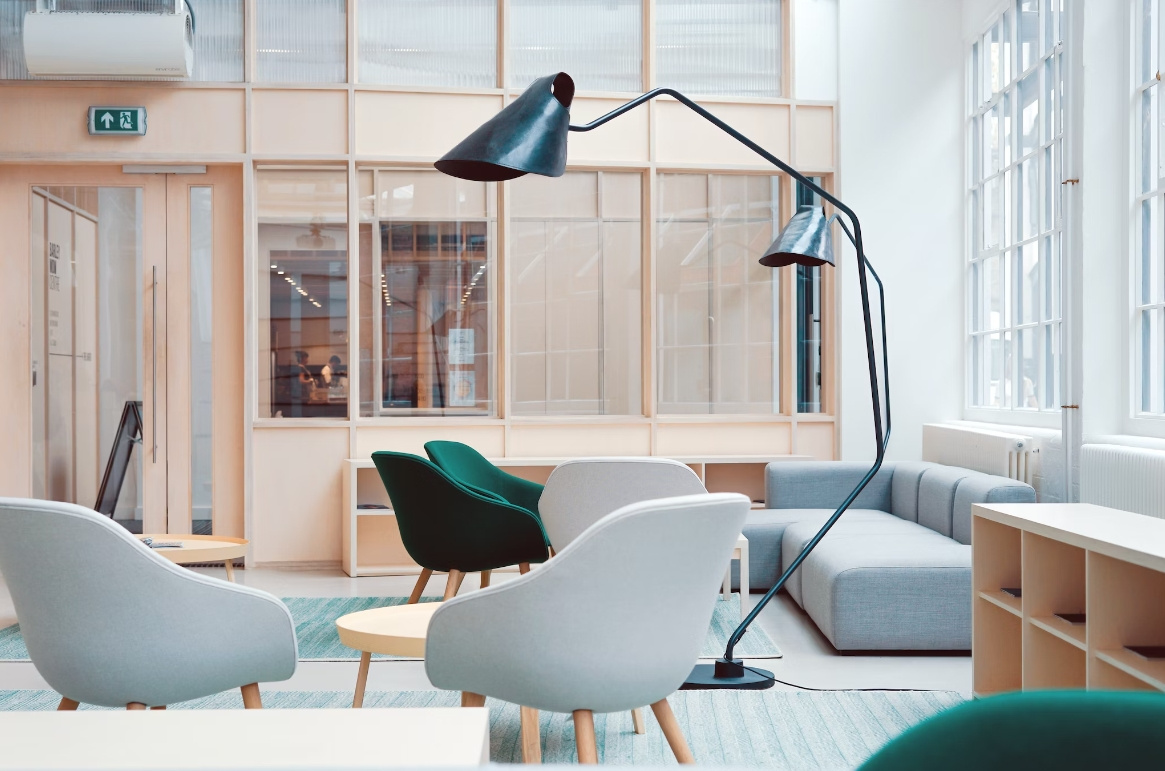How to Choose the Right Fabric for Your Furniture?
Furniture serves as the cornerstone of interior design, and the fabric used can significantly impact its appearance, comfort, and longevity. Furniture upholstery fabric plays a crucial role in the aesthetics, functionality, and longevity of your furniture pieces. Understanding why upholstery fabric is important can help in making informed decisions when selecting materials for your furniture.
Aesthetics and Style
Upholstery fabric significantly contributes to the overall look and feel of furniture. The chosen fabric can enhance the visual appeal, complementing the interior decor and reflecting personal style preferences.
Different textures, patterns, and colors in upholstery fabrics can create various visual effects, from classic elegance to modern chic, allowing you to tailor furniture to suit the desired ambiance of your space.
Comfort and Feel
The fabric used for upholstery directly impacts the comfort level of furniture. Soft, plush fabrics like velvet or chenille can provide a cozy and inviting feel, enhancing the seating experience.
Additionally, the texture and tactile quality of the fabric affects how the furniture feels against the skin, influencing the overall comfort and usability of the piece.
Durability and Longevity
The choice of upholstery fabric significantly determines the durability and lifespan of furniture. Fabrics vary in their ability to withstand wear, tear, and daily use.
High-quality, durable fabrics such as leather, heavy-duty microfiber, or tightly woven materials are more resilient to abrasion, fading, and stains, ensuring the furniture retains its appearance and functionality over time.
Maintenance and Cleanliness
Upholstery fabrics have different cleaning requirements. Some fabrics are easier to maintain, allowing for simple spot-cleaning, while others might require professional cleaning or specific care methods.
Fabrics with stain-resistant treatments or those that are easy to clean can be advantageous, especially in households with children or pets, making maintenance less of a hassle.
Allergies and Health Considerations
For individuals with allergies or sensitivities, the type of upholstery fabric used can be crucial. Fabrics that repel allergens, such as tightly woven materials or leather, can contribute to a healthier indoor environment by reducing allergen accumulation.
Protection from Elements and Sunlight
Upholstery fabrics also offer protection to the furniture beneath. They act as a barrier against dust, moisture, and general wear, preserving the underlying structure.
Fabrics that are resistant to sunlight and UV rays help prevent color fading and material degradation, particularly in pieces exposed to direct sunlight.
Customization and Versatility
Different fabrics offer varying degrees of customization. Some materials can be easily reupholstered, allowing for versatility in updating furniture without needing to replace the entire piece.
The choice of upholstery fabric enables customization, letting you match furniture to evolving preferences or changing decor themes.
In essence, the importance of furniture upholstery fabric lies in its multifaceted role—it not only contributes to the visual appeal and comfort but also determines the durability, maintenance needs, and overall functionality of furniture. Careful consideration of these factors when selecting upholstery fabric ensures that your furniture not only looks aesthetically pleasing but also serves its purpose effectively for years to come.

How to Choose the Right Fabric for Your Furniture?
When selecting fabric for your furniture, several factors should be considered to ensure you make an informed and satisfactory choice. Here is a guide to help you navigate through the process:
Durability
Determine the furniture's intended use. For frequently used pieces like sofas or armchairs, opt for durable fabrics such as leather, heavy cotton, or synthetic microfiber.
Consider the Martindale rub count, indicating fabric durability. Fabrics with higher rub counts, typically above 15,000, are more resistant to abrasion and suitable for high-traffic areas.
Fabric Type
Natural fabrics like cotton, linen, and wool offer breathability and comfort but may be prone to staining and fading.
Synthetic fabrics like polyester, nylon, and acrylic are more resistant to stains and fading, making them suitable for households with children or pets.
Color and Pattern
Choose a color and pattern that complements your interior decor and lifestyle. Neutral colors like beige, gray, or navy offer versatility and can withstand changing trends.
Bold patterns or bright colors can add character but may limit flexibility in redecorating. Consider your long-term preferences before opting for vibrant designs.
Maintenance and Cleaning
Check the cleaning instructions for the fabric. Some materials require professional cleaning, while others can be easily spot-cleaned at home.
For ease of maintenance, consider fabrics with stain-resistant finishes or removable, machine-washable covers.
Allergies and Sensitivities
Individuals with allergies or sensitivities should choose hypoallergenic fabrics like leather or tightly woven materials that repel dust and allergens.
Environmental Impact
Consider eco-friendly options like organic cotton, hemp, or recycled fabrics to reduce environmental impact.
Comfort and Feel
Test the fabric's texture and feel against your skin to ensure it offers the desired comfort level. Factors such as softness, smoothness, or texture play a vital role in the overall comfort of the furniture.
Sunlight Exposure
If your furniture will be exposed to sunlight, choose fabrics that are fade-resistant or have UV protection to prevent color fading and material degradation over time.
Budget Considerations
Set a budget for your furniture fabric. Natural and high-quality synthetic fabrics might be more expensive but can offer better durability and comfort in the long run.

In summary, choosing the right fabric for your furniture involves a blend of practicality, aesthetics, and personal preferences. Assessing factors such as durability, maintenance, comfort, and environmental impact can guide you toward a suitable fabric choice that aligns with your lifestyle and decor preferences.
Ultimately, investing time in research and consideration will lead to a well-informed decision, ensuring your furniture not only looks appealing but also stands the test of time in terms of both style and functionality.
